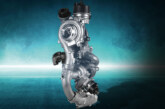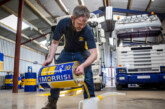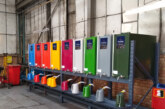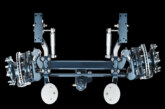How vital are modern axle play detectors?
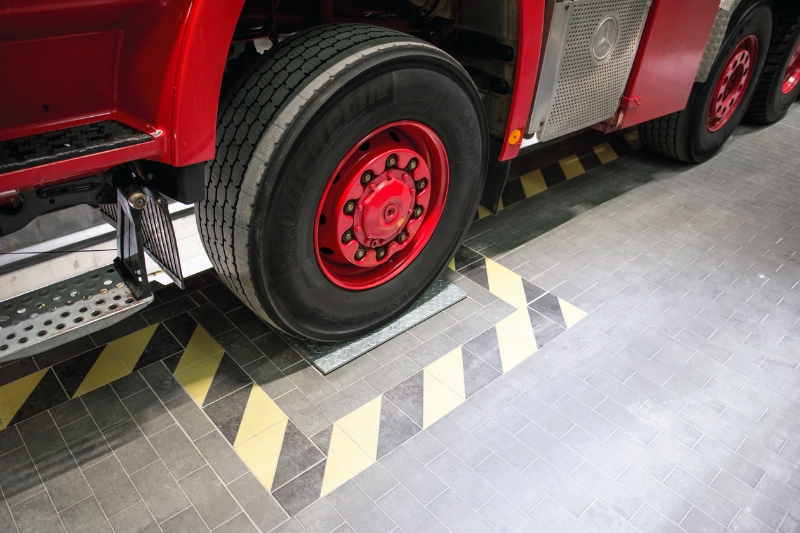
Detecting play in axles was considered an art but MAHA UK believes it should be a science. Here CVW finds out why modern methods of detection are paramount.
Workshops can face challenges in detecting axle play issues, particularly if they use traditional detection methods. These methods often fall short in identifying deviations, leaving critical wear or damage undetected.
Traditional manual inspections, for example, may be unable to detect subtle movements or early signs of wear that more advanced systems can reliably identify. Additionally, with newer vehicles having increasingly complex suspension and axle systems, technicians may find it difficult to assess axle play with outdated tools or processes. These limitations can lead to potential risks, such as increased wear, reduced stability, and serious safety hazards.
Failing to detect these issues early on also means vehicle operators are at risk of costly repairs and extended downtime.
Modern, accurate, and consistent axle play detection systems provide a solution to these challenges. One such system is MAHA UK’s LMS 20.0 axle play tester. It reliably and constantly determines defects and wear on steering parts, wheel bearings, shock absorbers, and suspension by laterally and longitudinally moving the test plates in opposite directions.
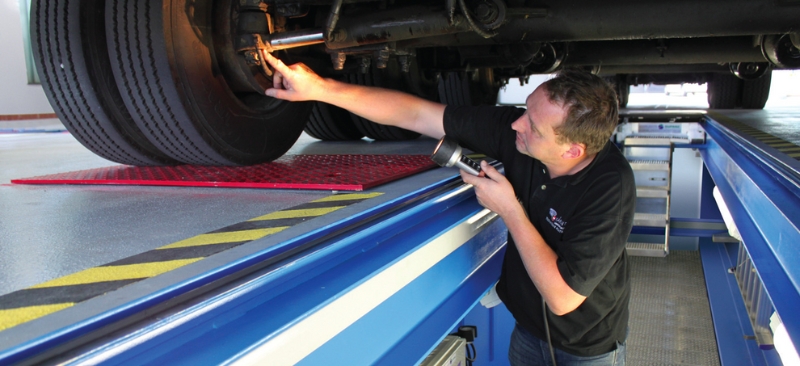
The LMS 20.0 comprises of several key features:
- powerful and even movement thanks to its hydraulic drive – supports precise detection of defects and wear
- low-noise oil-submerged hydraulic unit, which minimises workshop disturbance
- robust and low-maintenance design with optimum service life – providing long-term reliability
- wireless radio inspection LED light for performing and controlling the test plate movements
- different operating modes, including automatic mode, which caters to needs of user
These features mean users can quickly discover any defects, wear and tear, and bolster their maintenance procedures. Additionally, the LMS 20.0 fulfils the criteria and complies with the 2014/45/EU directive – equipment that can be used to assist with periodic road-worthiness tests.
Regular maintenance
In addition to offering the equipment, MAHA UK is keen to reiterate the importance of regular maintenance to preserve the accuracy and effectiveness of axle play detectors. The workshop equipment supplier, which also provides the necessary modules for ATF lanes, recommends a six-monthly maintenance inspection to ensure the correct function of an axle play detector, with a minimum of every 12 months necessary to remain within DVSA specifications.
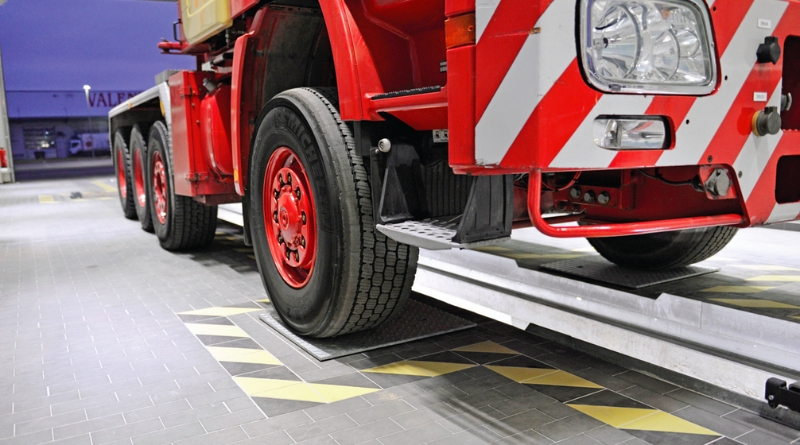
These inspections should be undertaken by experienced, trained, and professional service engineers to maintain compliance and uphold existing warranties.
MAHA UK also provides valuable tips for axle play detector maintenance to improve accuracy and longevity: regular cleaning and treatment with appropriate care products, lubrication of guides, and checking oil levels are essential housekeeping processes. Furthermore, change hydraulic oil every two years and adhere to manufacturer specifications to safeguard peak performance and reliability.
Axle play detection systems are vital tools for ensuring the safety, reliability, and efficiency of CVs. As the industry continues to evolve, MAHA UK encourages operators to embrace advanced technologies and prioritise maintenance to uphold the highest standards of safe-ty and performance. By investing in axle play detection systems, workshops can safeguard reputation, reduce costs, and provide outstanding service to their customers.


